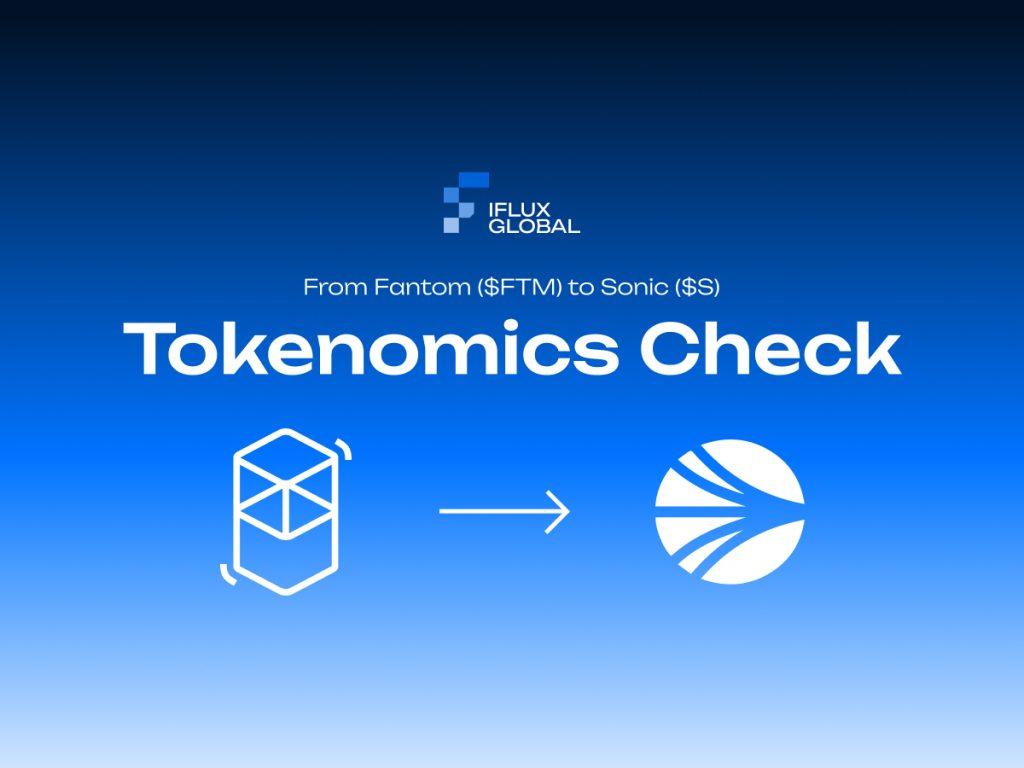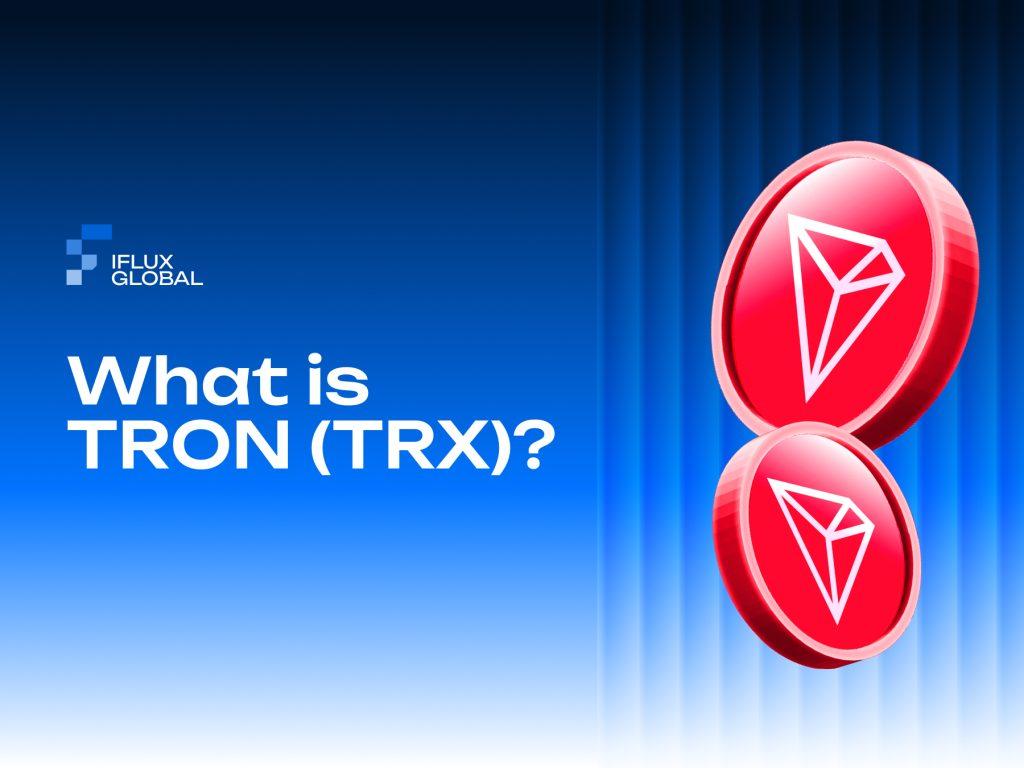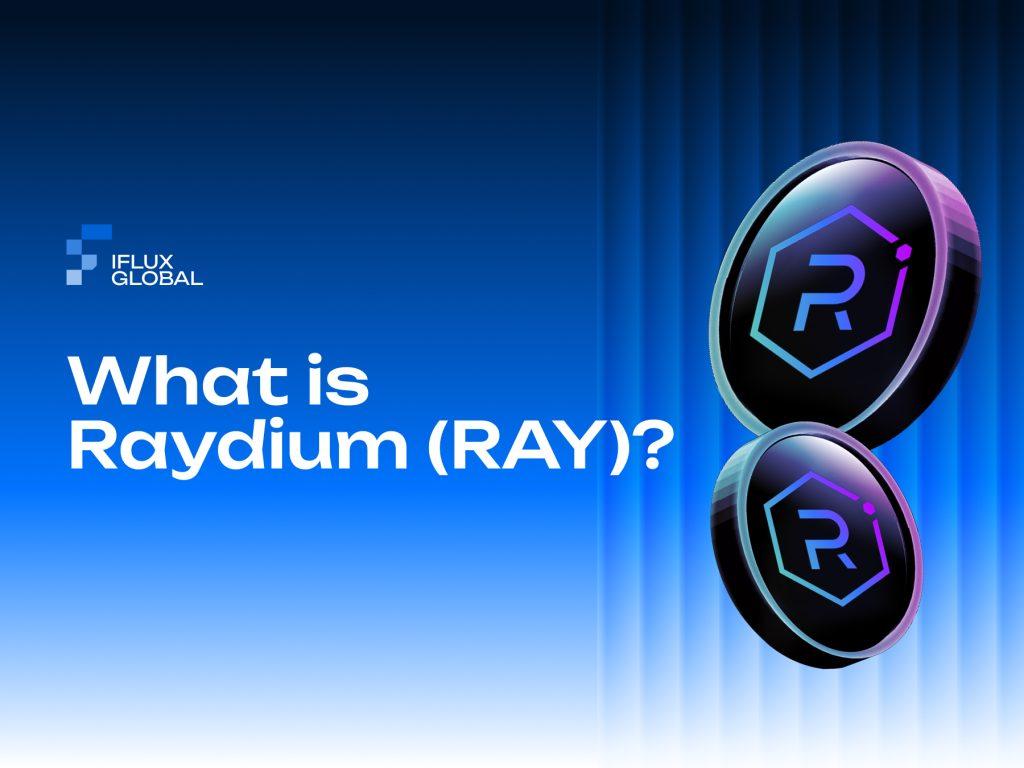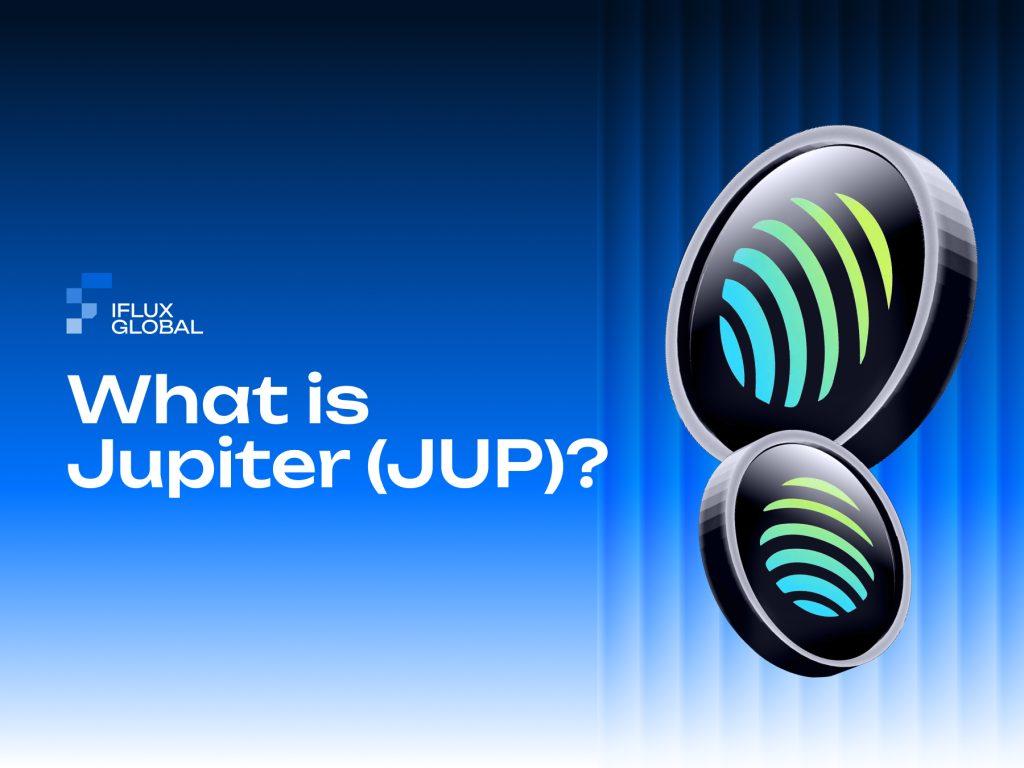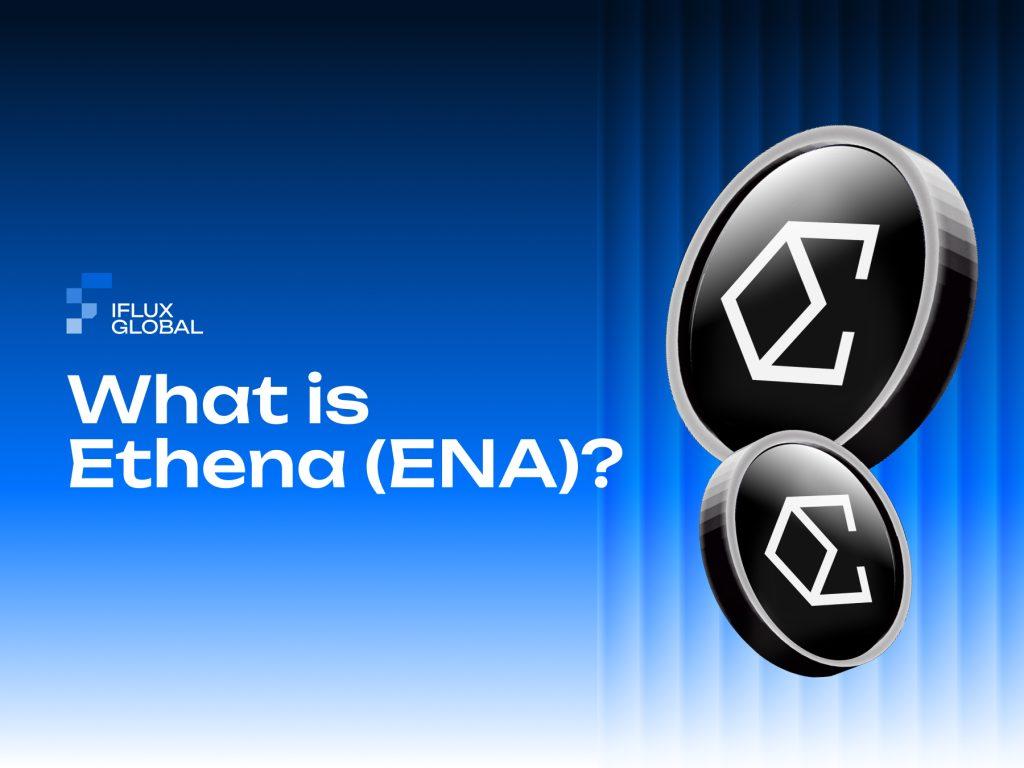Sonic Labs’ (formerly Fantom) transition from $FTM to $S marks a pivotal moment in its blockchain journey. With a revamped tokenomics model, Sonic aims to stimulate growth, incentivize participation, and control inflation. In this article, we’ll break down Sonic’s new Tokenomics framework and its potential impact on the ecosystem.
The Transition from $FTM to $S: Key Details
The introduction of the $S token as the native asset of Sonic brings significant changes to the network. Here’s how $S operates:
- Transaction Fees: Pay for network fees with $S tokens.
- Staking: Secure the network by staking at least 1 $S token.
- Validator Nodes: Run a validator node with a minimum of 50,000 $S tokens.
- Governance: Influence the ecosystem’s direction through governance participation.
Sonic Labs’ token swap offers a 1:1 exchange of $FTM to $S, maintaining parity for all $FTM holders. The total supply of 3.175 billion $S tokens mirrors $FTM’s previous supply, while an additional 6% (roughly 47.625 million $S) will be airdropped to users and developers, raising initial concerns about dilution. However, Sonic’s deflationary mechanisms aim to balance issuance with supply reduction.
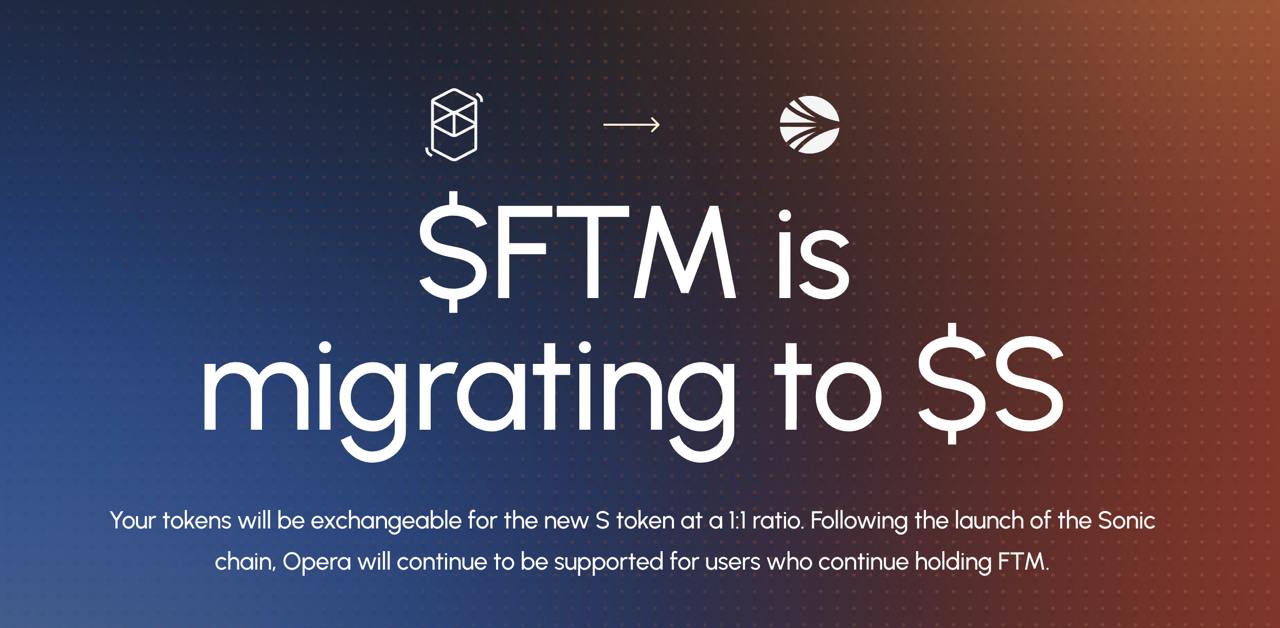 Source: Fantom Foundation
Source: Fantom Foundation
Sonic’s Tokenomics Model: Balancing Issuance and Burn
1. Controlled Issuance
Sonic’s approach to token issuance is strategic:
- Initial Phase: Annually mint 1.5% of the total supply (~47.625 million $S) for funding growth, marketing, and DeFi initiatives. Any unused tokens will be burned each year.
- Validator Rewards: For the first four years, validators will earn 3.5% APR, primarily from unused $FTM block rewards. Afterward, 1.75% of the initial supply will be minted annually as rewards for validators.
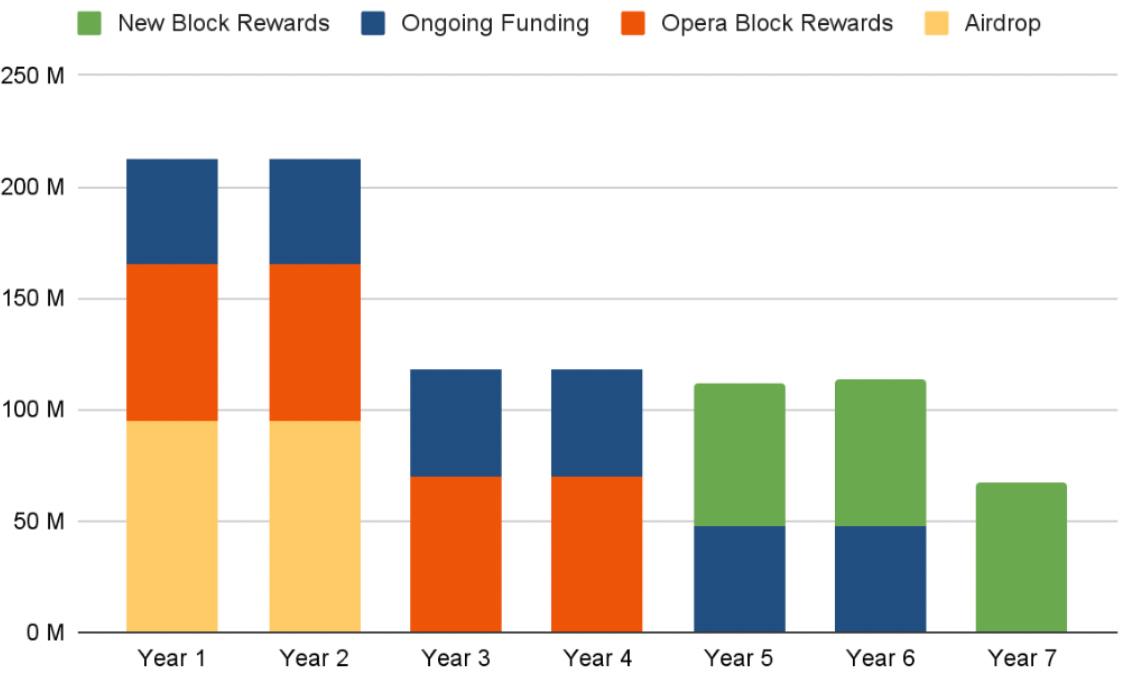
Source: Sonic Labs
2. Burn Mechanisms
Sonic deploys several burn mechanisms to reduce inflation:
- FeeM Burn: 50% of gas fees from non-participating DApps in the FeeM program are burned, creating a deflationary tax and encouraging DApp participation.
- Airdrop Lockup Burn: 75% of airdropped tokens will be locked for 270 days. Tokens unlocked early will be partially burned, reducing the circulating supply.
- Continuous Funding Burn: Any unused tokens from the annual 1.5% allocation for ecosystem growth will be fully burned each year.
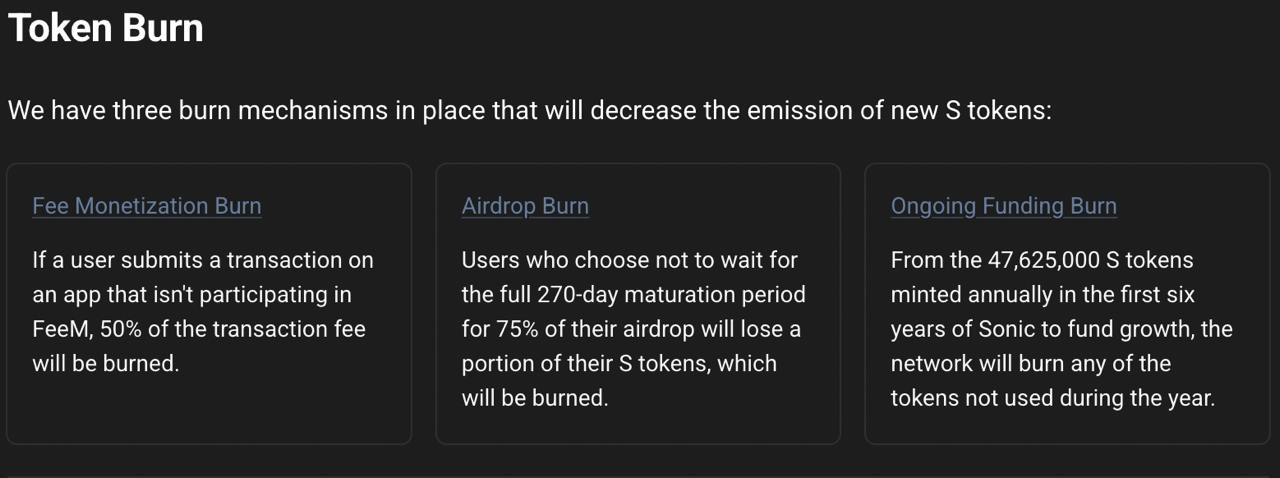 Source: Sonic Labs
Source: Sonic Labs
Long-Term Inflation Control and Stability
Sonic’s tokenomics model is designed to keep inflation in check. By 2031, the total token supply (excluding block rewards) will only expand by 15% of the initial supply. This limited growth, combined with aggressive burn mechanisms, aims to stabilize the token’s value over time.
Fostering Ecosystem Growth and Sustainability
1. Incentivizing Ecosystem Participation
The FeeM program plays a crucial role in Sonic’s ecosystem. DApps participating in FeeM are rewarded with up to 90% of the fees their apps generate, while non-participating DApps face a destruction tax. This encourages developers to stay within the network, enhancing the ecosystem’s sustainability.
2. Supporting Validators and Stakers
Sonic’s validator rewards are structured to provide long-term incentives for stakers. The gradual introduction of rewards ensures staking remains attractive, with a clear focus on avoiding token oversupply early on.
Challenges: Can Sonic Overcome TVL Decline?
In 2024, Fantom’s Total Value Locked (TVL) fell to just $90 million, down from a peak of $7 billion in 2021-2022. With the $S token and new tokenomics, Sonic hopes to restore interest in its DeFi ecosystem. However, it remains to be seen whether these changes will be enough to regain its former prominence.
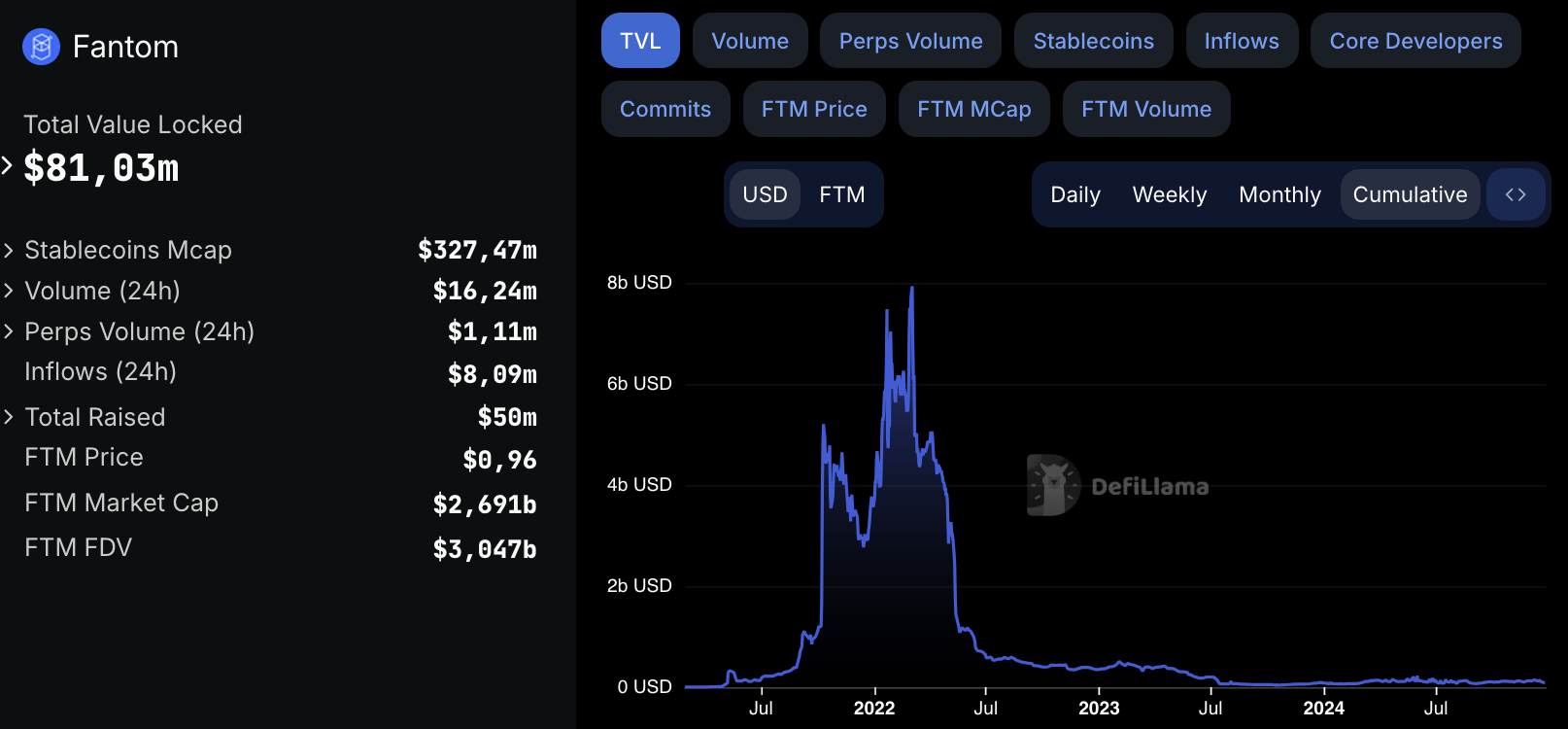 Source: Defillama
Source: Defillama
Conclusion: A Strategic Overhaul for Sustainable Growth
Sonic’s migration from $FTM to $S is not just a rebranding—it’s a comprehensive overhaul of the project’s tokenomics. By carefully balancing controlled token issuance with innovative deflationary measures, Sonic aims to create a thriving, sustainable ecosystem. Its success will depend on the adoption of its new features by developers, users, and validators, as well as its ability to revive Fantom’s once-thriving DeFi space.
As the phased migration unfolds, Sonic’s tokenomics will serve as a valuable case study in balancing growth and sustainability within decentralized ecosystems. Whether Sonic can live up to its promises will be determined by its ability to foster adoption, participation, and long-term stability.
Check details: https://docs.soniclabs.com/sonic/overview
